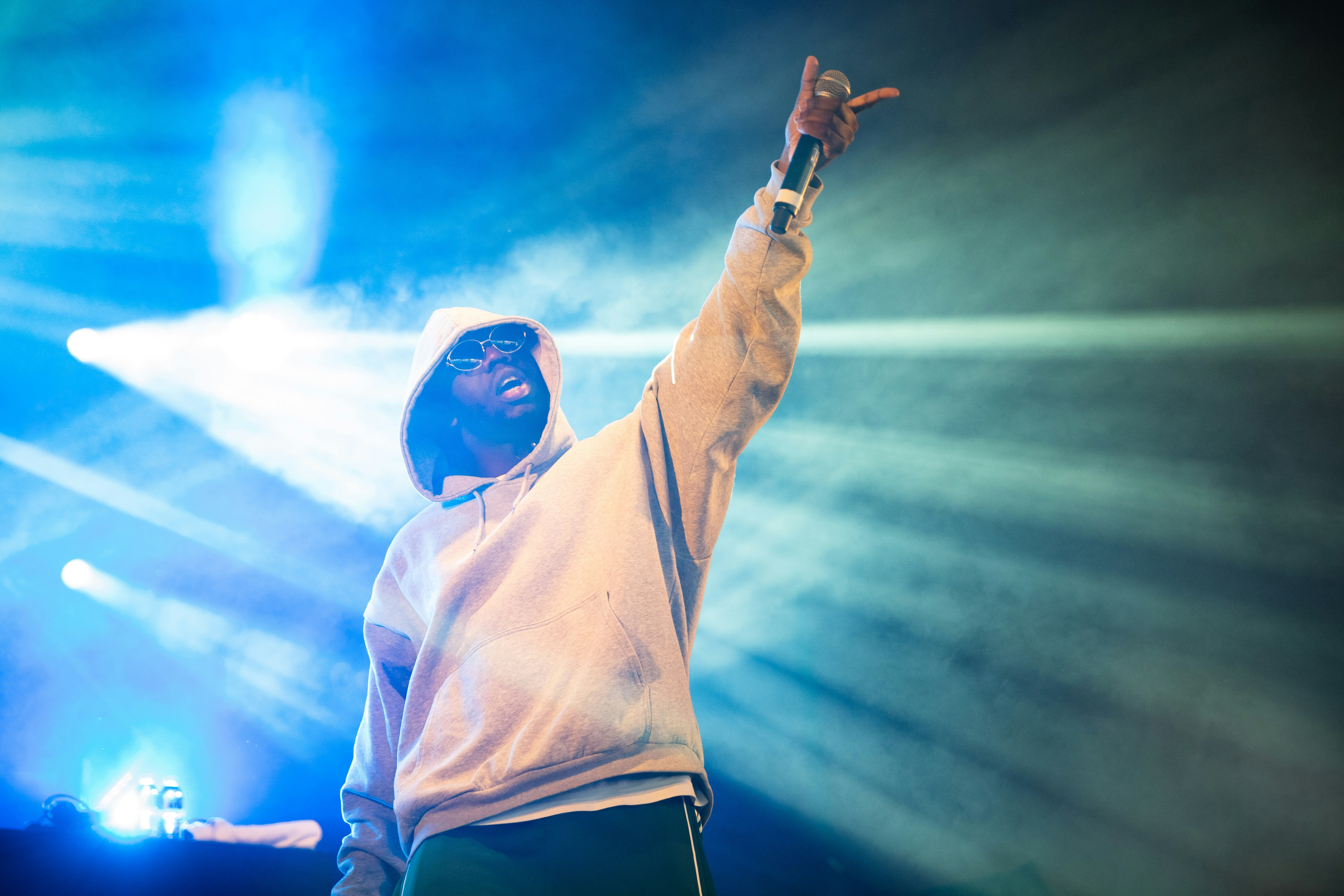Hearing Loss and Hip Hop: How Accessibility is Changing the Genre for Artists and Listeners

The Hip Hop genre and pervading culture have long been a tool for marginalized groups to express themselves and reflect on the society surrounding them. It makes sense that it's an art form that resonates deeply with the deaf and hard-of-hearing (HoH) community, whose members have their own hardships and struggles. From Hip Hop artists like Tank to fans who watch their live performances, the two communities are intertwined.
While some may not understand why those with hearing loss feel connected to the music, considering their disability, strides in accessibility and inclusivity have helped break down barriers and stigmas. They are making hearing loss a norm in the culture to create a landscape anyone can enjoy. Here's a look at how accessibility is changing the genre for artists and listeners:
Sign language interpreters
Sign language has quickly become an important part of Hip Hop culture, impacting accessibility in a powerful way. For those without hearing loss, it may seem strange for those with the disability to attend concerts. Sign language interpreters are helping break down that stigma, using their skills to interpret the lyrics and performances of rappers to the deaf and HoH community, creating a new kind of performance on its own.
Sign language interpreter Matthew Maxey, the founder of Deafinitely Dope, aims to bridge the Hip Hop and hearing loss communities together. He went viral for interpreting various performances of artists like 2 Chainz, Chance the Rapper, and Jadakiss. He skillfully combines American Sign Language with the cultural language of Hip Hop and Rap performances to provide a captivating experience for fans and artists.
Other sign language interpreters like Holly Maniatty have also captured the attention of Hip Hop and Rap fans with her unique sign language interpretations. Aside from signing the lyrics, she performs using her facial expressions and body language, matching the energy of the performers, whether it's Method Man, Jay-Z, or Eminem she's working with. She adapts her interpretation to suit different artists, allowing fans with hearing loss to engage with the performance similarly to other viewers looking at who's on stage. Her efforts aren't in vain, too. The artists she interprets for often engage with her when they notice what she's doing. It creates the opportunity for the deaf and HoH community to be acknowledged and honored by the performers at the show, showing the power of accessibility and inclusivity in Hip Hop.
New technology
Deaf and HoH individuals have long used hearing aids, cochlear implants, and other assistive devices, but not everyone enjoys using this technology. They may not wear them if they feel uncomfortable, don't like the look, or believe they aren't needed for their perceived hearing loss. However, not wearing aids prevents Hip Hop artists and listeners from improving their hearing and engaging with the music to their fullest potential. New technologies that are more comfortable and discreet have emerged to encourage people to wear aids instead of compromising their hearing further.
Hearing aid glasses provide advanced hearing solutions that blend seamlessly into a stylish model. The Nuance Audio glasses use beamforming technology to help wearers with mild to moderate hearing loss tune into the sounds in their direction. The speakers and microphones are built directly into the frame, keeping it discreet. This can make listening and creating music easier when the right sounds are amplified, and ambient noise fades into the background.
Earbud-style hearing aids offer an attractive solution for those uncomfortable with traditional ones. The Signia Active Pro IX earbuds also have a technology similar to that of the glasses. Features like the RealTime Conversation Enhancement tool analyze, augment, and adapt to environments with multiple people conversing, even if they move or turn their heads. These technologies broaden the offerings of assistive tech, which can be revolutionary in the Hip Hop space by providing more confidence and comfort to those with hearing loss.
While there's a long way to go to make the Hip Hop genre and culture more inclusive, these advancements are paving the way for more acceptance and compassion for deaf and HoH people.
